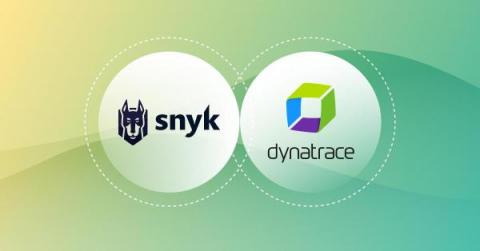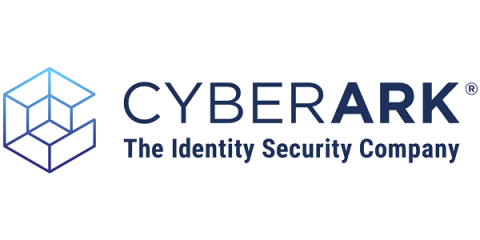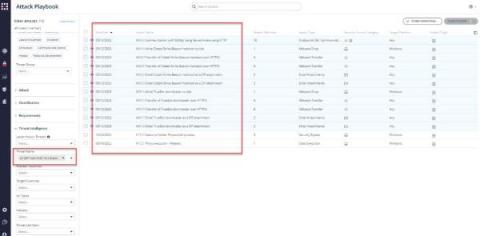Abusing Time-Of-Check Time-Of-Use (TOCTOU) Race Condition Vulnerabilities in Games, Harry Potter Style
I feel I need to clarify, for legal reasons, that this is nothing to do with any Harry Potter game. The reference is made because we are dealing with spells and magic, and I mean magic in the literal sense, not a reference to application security – although on some/most days it feels like magic. Time-Of-Check Time-Of-Use (TOCTOU) and Race Conditions? What’s it all about?










